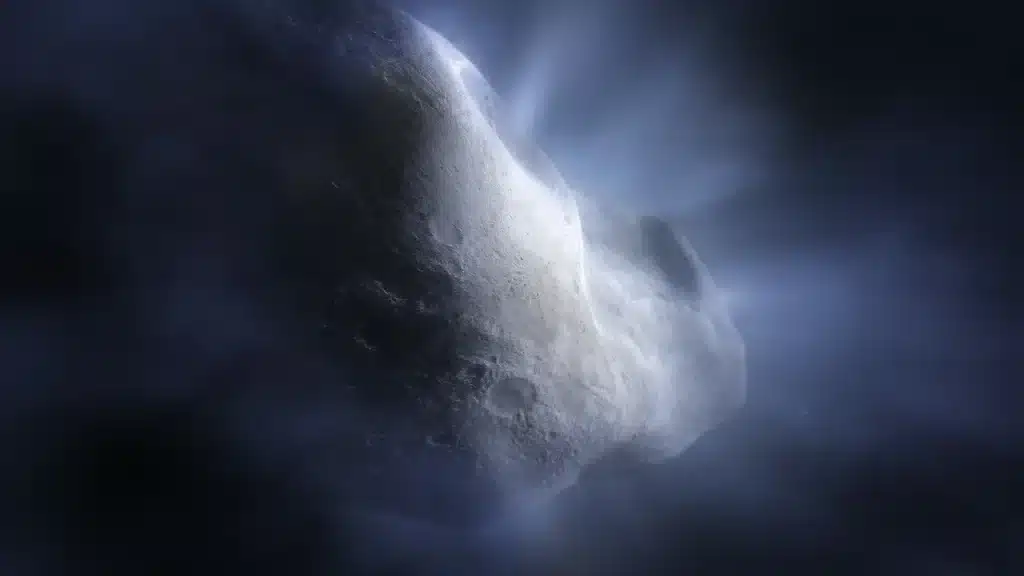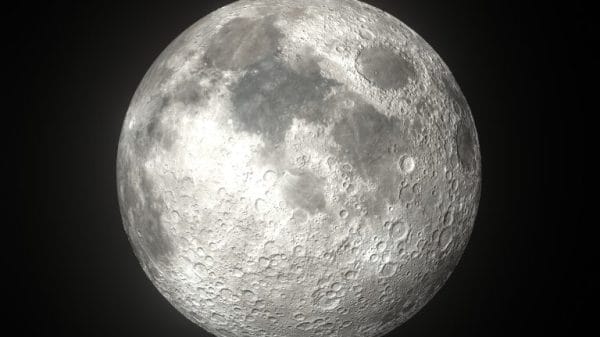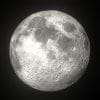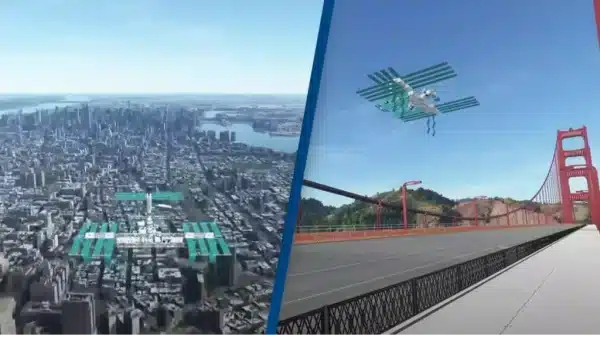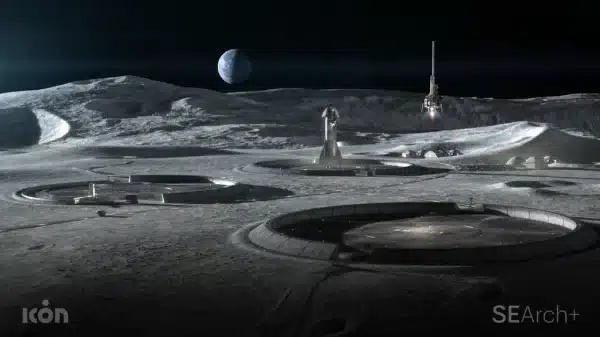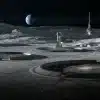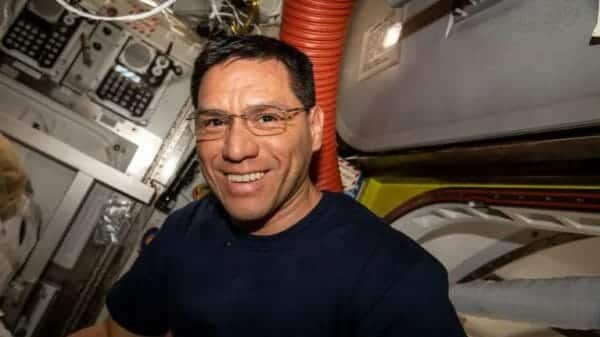Astronomers just hit the jackpot with the James Webb Space Telescope. They were peeping through their cosmic spyglass when they stumbled upon a rare comet in our solar system, and boy, did it bring some mind-boggling revelations along for the ride!
Picture this: for the very first time, those star-gazers detected water in a comet chillin’ smack-dab in the main asteroid belt, sandwiched between Mars and Jupiter. Can you believe it? These dedicated scientists have been at it for a whopping 15 years, trying out all sorts of fancy observation methods.
Now, get this: the space observatory went bonkers and found water vapor dancing around Comet Read. It’s like a waterworks extravaganza, hinting that we can stash water ice even in the toasty nooks of our solar system. These findings were unleashed upon the world in a glorious scientific journal called Nature, just this past Monday.
Normally, comets like to hang out in the Kuiper Belt and the Oort Cloud—icy neighborhoods way beyond Neptune’s turf—where they keep their cool and hoard frozen goodies from the ancient days of our solar system. These wanderers strut their stuff with long, oval-shaped orbits that can take eons, and they flaunt those mesmerizing tails when they saunter a little too close to the sun. That’s what sets them apart from those plain ol’ asteroids, ya know? They’re all fuzzy and spewin’ trails of stuff.
But guess what? There’s this peculiar gang called main belt comets, and they’re like the rebels of the asteroid belt. These dudes have circular orbits around the sun, but every once in a while, they decide to show off their comet side, throwing out material and causing a ruckus with their fuzzy appearance and that snazzy trailing tail.
Now, here’s the kicker: these bad boys ain’t sheddin’ ice like the rest of the comets. Nah, they’re all about the dust. Considering they hang out closer to the sun than your regular comets, nobody expected them to hold onto much ice. But boy, were we wrong! This revelation might just hold the key to unraveling the mystery of how Earth got so darn wet in its early days.
Here’s the scoop: these comets and water-rich asteroids could have had a wild encounter with our young Earth, crashin’ into it and givin’ us the gift of water. Talk about a wet and wild party, huh?
Stefanie Milam, one of the cool cats coauthoring this study, shared some thoughts. She’s the deputy project scientist for planetary science at NASA‘s Goddard Space Flight Center, and she said, “Our water-soaked world, teeming with life and as unique as a unicorn in the universe, is a real head-scratcher. We ain’t got a clue how all this water ended up here. Figuring out how water spread across our solar system will help us crack the code of other planetary systems and whether they got a shot at hosting an Earth-like paradise.”
Believe it or not, these main belt comets were first spotted back in 2006 by a scientist named Henry Hsieh. He works at the Planetary Science Institute and he’s got some street cred for co-discovering these bad boys. Comet Read, the star of the show, was one of the original comets that led to this new comet subgroup being named.
Webb’s snazzy gadget—the astronomers were able to crack the code and confirm the presence of water vapor around Comet Read, right after it had a cozy rendezvous with the sun. It’s like catching the comet red-handed, you know what I’m saying? With these jaw-dropping observations of Comet Read, we can now boldly declare that water ice from the good ol’ days of the solar system can hold its ground in the asteroid belt. Talk about an icy surprise!
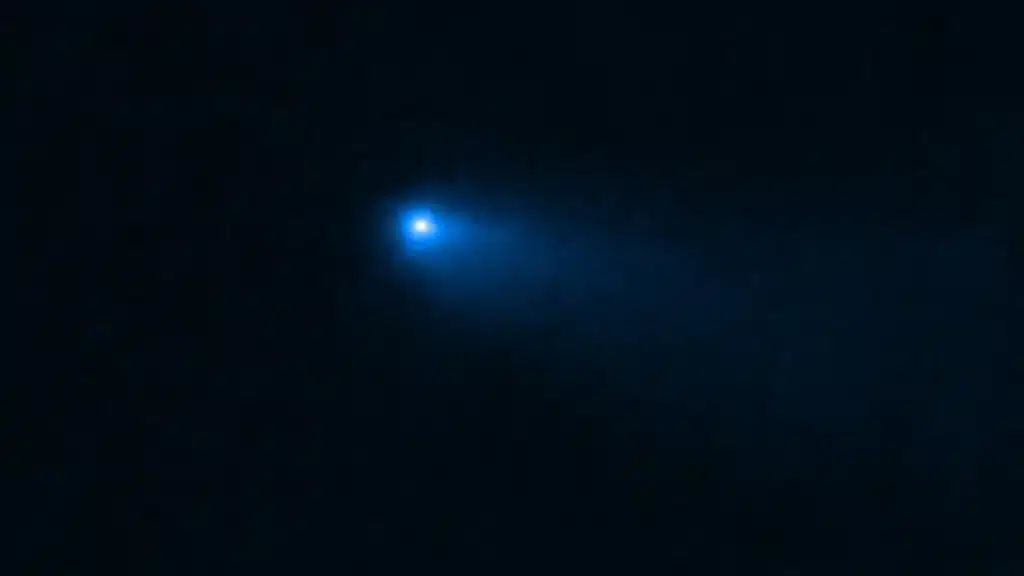
But hold your horses, folks, ’cause there’s a twist in this tale. Comet Read has got everyone scratching their heads ’cause it’s missing a vital ingredient—carbon dioxide. Yep, you heard that right. All other comets in the hood, they’ve got about 10% of their material vaporized by the sun made up of carbon dioxide. But Comet Read? Nada. Zilch.
Now, here’s the wild part: it could be that the toasty temperatures of the main asteroid belt have something to do with it. It’s like the heat got to Comet Read, causing it to bid adieu to its carbon dioxide over time. I mean, who can blame it? Carbon dioxide just loves to turn into vapor more easily than water ice. It’s like it couldn’t resist the temptation to escape over billions of years. Can you blame it?
But hey, there’s another possibility here. Comet Read might have been born in a warmer corner of our solar system, like a tropical paradise without carbon dioxide. Imagine that! A comet with its own little slice of sunny paradise. Now I’ve seen it all!
The team of eagle-eyed observers is pumped up and ready to dive deeper into the mysteries of these main belt comets. They want to dig into the data collected by Webb, compare it with other comet buddies in the neighborhood, and see if they’re also carbon dioxide-free. It’s like a cosmic game of hide-and-seek, searching for clues that’ll unlock the secrets of these elusive comets.
Milam, the brains behind this operation, can’t contain her excitement. She’s all like, “Now that Webb has spilled the beans about water hanging out as close as the asteroid belt, we’ve got to take it up a notch. How ’bout a mission to snatch some samples and uncover what these main belt comets have to say? They might just spill the cosmic beans and reveal some incredible secrets!”
So there you have it, folks. Astronomers with their fancy telescopes, chasing comets, and uncovering secrets that blow our minds. It’s like a never-ending adventure in the cosmic jungle. Who knows what the future holds? Maybe we’ll finally crack the code of our watery world and figure out how it all began. And in the process, we might just stumble upon even more mind-blowing surprises hidden within the vast expanse of the universe. Keep your eyes on the stars, my friends, ’cause the cosmic show is just getting started!


